Hemp fuel - what is it?
min. reading
Hemp is an extremely useful plant. Different parts of the plant can be used to create almost 2,000 different products. Among them, the use of hemp biomass for energy and heat production is becoming increasingly important. Admittedly, researchers and industry observers say that more research is needed on hemp processing practices and biofuel conversion rates, but the first tests of hemp fuel are extremely promising. At this stage, it is known that they are less carbon-intensive and cheaper to produce, while burning them emits up to 80% less greenhouse gasses than traditional gasoline.
Table of Contents
Hemp biodiesel
Scientists have been testing the potential of biodiesel as an automotive fuel for more than 100 years, and even the first Ford vehicles were powered by this type of fuel. Hemp biodiesel, or FAME, made headlines in 2010 thanks to Professor Richard Parnas, who used hemp oil to create the fuel during his experiment at the University of Connecticut. Parnas used virgin hemp seed oil to create biodiesel using a standardized transesterification process. The research group then tested the fuel for a set of properties at the Biofuels Testing Laboratory at UConn’s Center for Environmental Science and Engineering. Since then, the number of companies interested in this segment of the hemp industry has grown every year.
Types of hemp biofuels
Hemp has become a leading contender in the race to produce sustainable alternative fuels. There are two basic types of biofuel that can be extracted from hemp. These are:
- Hemp biodiesel, which comes from pressed hemp seed oil
- Hemp ethanol/methanol, which comes from the fermented stalk
The first type of fuel is fatty acid methyl esters, obtained by using hemp oil and a catalytic mixture. Biodiesel resembles diesel, but differs in that it is not based on petroleum. Hemp ethanol is simply pure alcohol, a compound we know from alcoholic beverages.
Hemp is not only a rich source of ethanol/methanol and biodiesel, but also an extremely cost-effective and easily extractable feedstock. Biodiesel produced from the oil is classified as a third-generation biofuel, while ethanol is a second-generation biofuel.
Fuel production from hemp – what does it look like?
Using processes such as acid hydrolysis and dry distillation, hemp can be converted into both ethanol and methanol as needed. These types of biofuels are sometimes referred to as hempanol. The entire plant-that is, the stalks, seeds and flowers-can be used to produce them; in the case of biodiesel, it is the seeds, while hemp shive is most often used to produce ethanol because of its high energy yield.
Cellulolysis and dry distillation
Converting hemp into ethanol requires a process called cellulolysis, in which the cellulose content of the plant is pre-processed and converted into sugars, which are then fermented and distilled for use as fuel. Methanol, on the other hand, is produced by a dry distillation process such as pyrolysis. The organic material undergoes thermal decomposition, a process that changes the composition of the concoction and and produces gasses that can then be condensed into methanol.
Hemp seed oil – the only alternative fuel source
Biodiesel is derived from hemp seed oil and is the only alternative fuel source that can run in any diesel engine. The fuel is created by combining the oil with a catalyst, such as methanol and sodium methanolate. As a result of catalysis, the mixture will separate into a light top layer of biodiesel and a darker bottom layer made of glycerin, soap and catalyst. Importantly, the catalyst needed to create biodiesel can be made “in one pot,” which is helpful for chemists and engineers because it saves a lot of work. Once the top layer of crude biodiesel is separated from the rest of the concoction, it must be rinsed with water and dried. The conversion of oil into fuel has a high conversion rate, up to 97%. It is worth adding, the fuel created in this way is safe to store, handle and transport, and is biodegradable. It also has a much higher flash point than petroleum-based diesel, so it is less flammable.
What type of hemp is used to produce biofuel?
Researchers in the UK tested different varieties of hemp for their performance in biofuel production. The tests used both varieties for fiber and grain and those grown only for fiber. Out of more than a dozen varieties, two were selected that were found to be the most efficient in terms of biofuel production – these were the Polish variety Białobrzeskie, and NWG 331 from Colorado. Both are described as dual-purpose varieties, meaning they yield both fiber and seed. Dr. Jian Shi, an assistant professor in the Department of Biosystems and Agricultural Engineering at UK, estimated the return on biofuel production for the Białobrzeskie variety at $1564 per hectare, while the return for the NWG 331 variety was slightly lower at $1482 per hectare. The research team also concluded that for a given amount of biomass, hemp has biofuel production potential comparable to other bioenergy crops such as kenaf, switch millet and sorghum.
How much does hemp fuel cost?
The unit cost of producing hemp biodiesel with hemp containing 2, 5 and 10% lipids was $18.49, $7.87 and $4.13/gallon, respectively. The unit cost of biodiesel production using hemp containing 10% lipids was comparable to soy biodiesel at $4.13/gallon.
Where to buy hemp fuel?
Although hemp fuel is achieving excellent performance in tests, while some significant results have been achieved in its production, it is still not a mainstream fuel. Its availability both in Europe and around the world is still severely limited. As hemp becomes more widespread, hemp biofuels could be a major contender in our search for green energy sources in the near future. From a global perspective – biofuels in general, not just those made from hemp, are still in the shadows.
Environmental and social impact of hemp fuel
The production and use of hemp fuel is a much greener solution compared to petroleum-based fuels. Hemp already has a negative carbon footprint at the cultivation stage (it can absorb 8 to 15 tons of CO2 per hectare). Producing biodiesel, on the other hand, involves lower carbon emissions than other fuels. There are many advantages to using this type of fuel: it emits trace amounts of sulfur oxide, it can be used at lower temperatures than its counterparts, on top of which its combustion emits 85% less greenhouse gasses than traditional gasoline. It can be used in any diesel engine! Hemp could meet a significant portion of the world’s energy needs, reducing our dependence on petroleum-based fuels, which are limited in quantity.

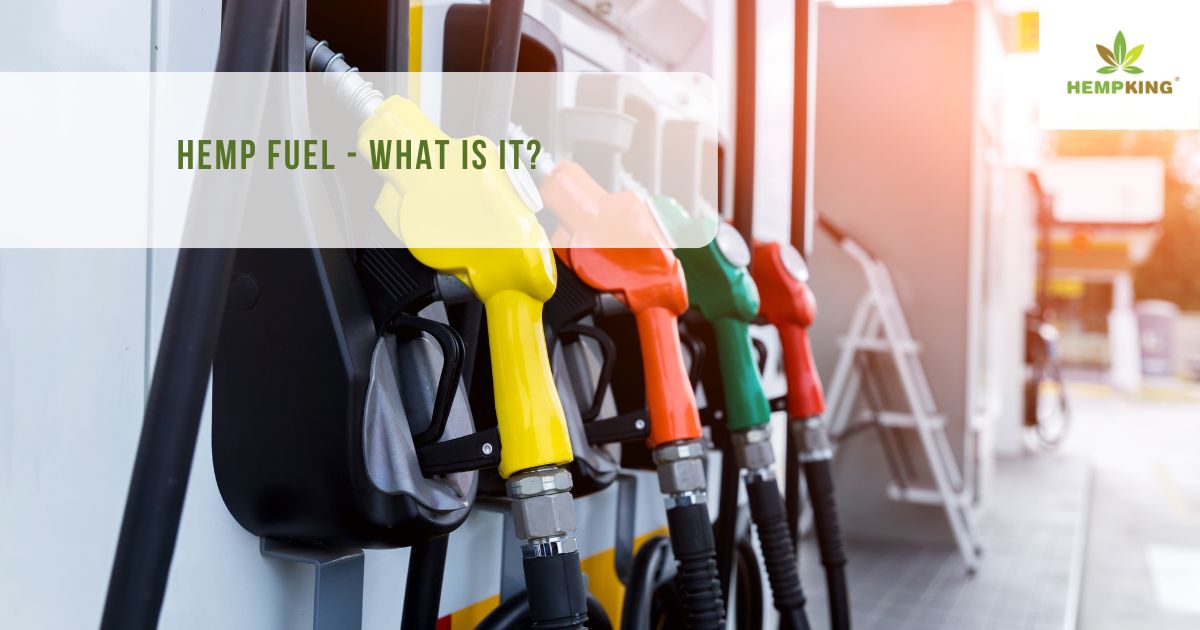

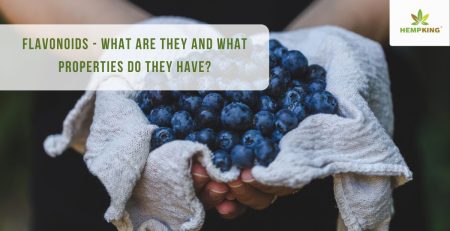


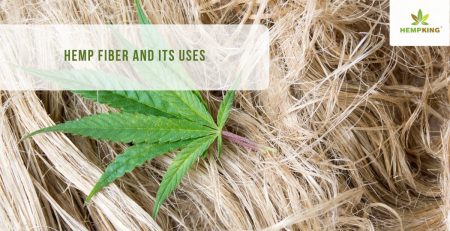


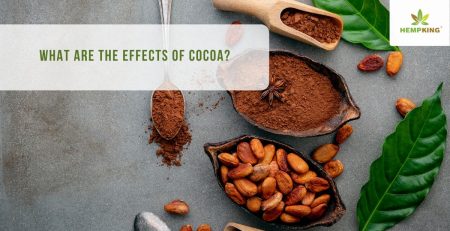



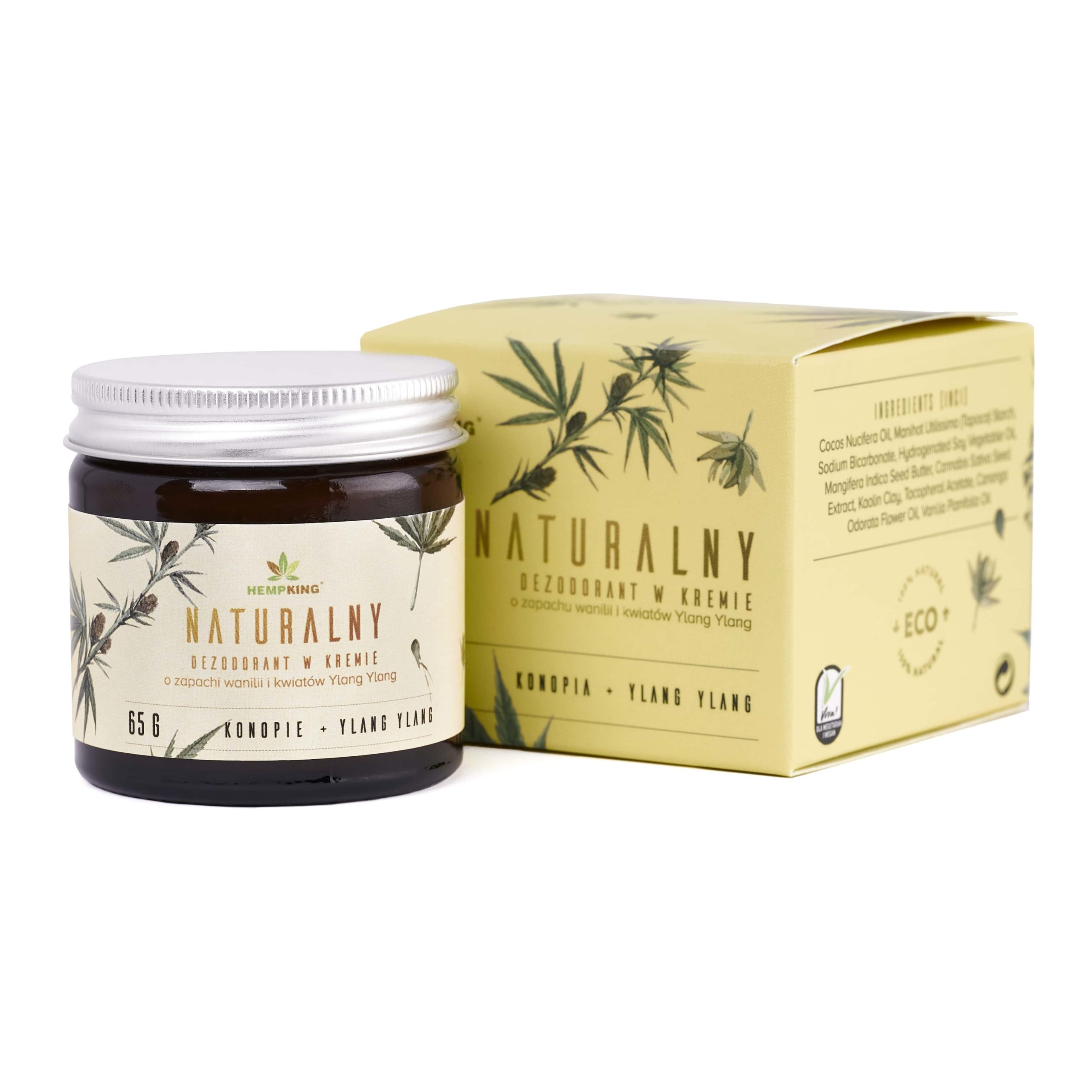
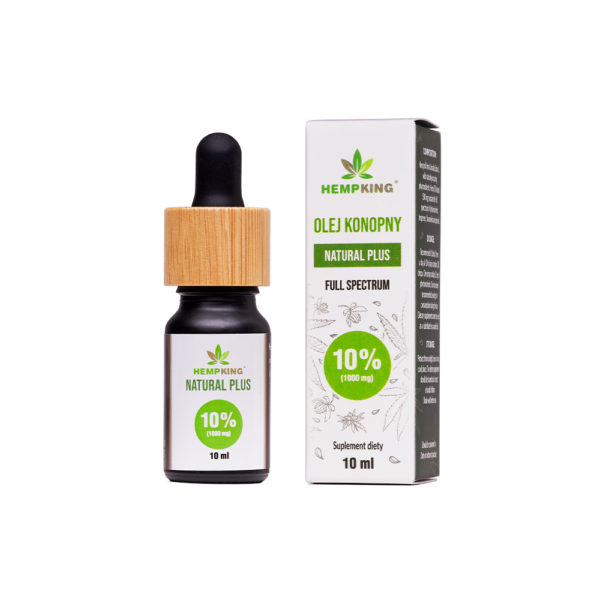

 Facebook
Facebook Instagram
Instagram

Leave a Reply